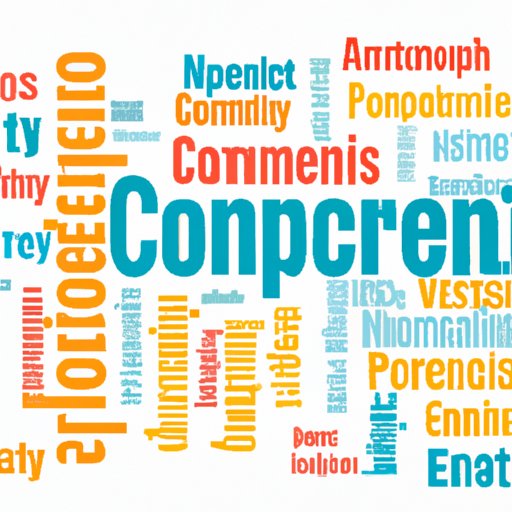How to Solve the Homeless Problem in California
California, known for its sunny beaches and bustling cities, is also grappling with a pervasive issue: homelessness. An increasing number of individuals and families find themselves without stable housing, facing a myriad of challenges on a daily basis. In this article, we will explore potential solutions to address the homeless problem in California and highlight the importance of holistic approaches, prevention, collaboration, and addressing mental health and substance abuse.
Addressing the Root Cause: Implementing Affordable Housing Solutions to Tackle Homelessness in California
One of the fundamental pillars in solving the homeless problem is ensuring access to affordable housing. California faces an urgent need for affordable housing options, as rising rental costs continue to outpace income growth. Investing in building and preserving affordable housing can have far-reaching benefits. When individuals have access to safe, affordable homes, they are less likely to end up on the streets. Affordable housing can prevent and reduce homelessness by providing stability and a foundation for individuals and families to rebuild their lives.
Holistic Support Systems: Building a Comprehensive Approach to End Homelessness in California
Addressing homelessness requires a holistic approach that goes beyond simply providing housing. Coordinated efforts involving healthcare, mental health services, and job training are crucial to the success of any homelessness prevention initiative. Providing comprehensive support systems can help individuals overcome the barriers that often contribute to their homeless status. Access to healthcare and mental health services can aid in addressing the underlying issues that may have led to homelessness. Job training programs and employment opportunities can empower individuals to regain self-sufficiency.
Prevention and Early Intervention: Strategies to Combat Homelessness in California
Prevention and early intervention are vital in the fight against homelessness. By implementing programs that target at-risk individuals, we can intervene before they fall into homelessness. These programs can include rental assistance, employment training, and supportive services to address the underlying causes of homelessness. By identifying individuals who are at risk of losing their homes and providing them with the necessary resources, we can prevent them from experiencing homelessness in the first place.
Collaborative Efforts: Engaging Community and Local Governments to Solve Homelessness in California
Addressing homelessness requires collaboration and engagement from all sectors of society. It is essential for community members, local governments, and nonprofit organizations to come together and work towards a common goal. Public-private partnerships can provide financial and logistical support for initiatives aimed at solving homelessness. By pooling resources and expertise, these collaborations can develop and implement effective solutions that meet the diverse needs of the homeless population.

Breaking the Cycle: Treating Substance Abuse and Mental Health to Alleviate Homelessness in California
There is a complex relationship between substance abuse, mental health issues, and homelessness. Many individuals who experience homelessness struggle with addiction and/or mental health challenges. Therefore, addressing these issues is integral to helping individuals regain stability and reintegrate into society. Increased access to treatment programs and mental health services can provide the necessary support for individuals to overcome these barriers. By offering the necessary resources, we can assist individuals in breaking the cycle of homelessness and secure a brighter future.
Conclusion
In conclusion, solving the homeless problem in California requires a multifaceted approach that addresses the root causes and provides comprehensive support. Affordable housing, combined with coordinated efforts involving healthcare, mental health services, and job training, can offer sustainable solutions. Prevention and early intervention techniques, along with collaborative endeavors, can help alleviate the issue. Additionally, addressing substance abuse and mental health challenges is crucial to breaking the cycle of homelessness. By taking action and supporting initiatives that aim to solve the homeless problem, we can make a tangible difference in the lives of those who have encountered homelessness.
(Note: Is this article not meeting your expectations? Do you have knowledge or insights to share? Unlock new opportunities and expand your reach by joining our authors team. Click Registration to join us and share your expertise with our readers.)
